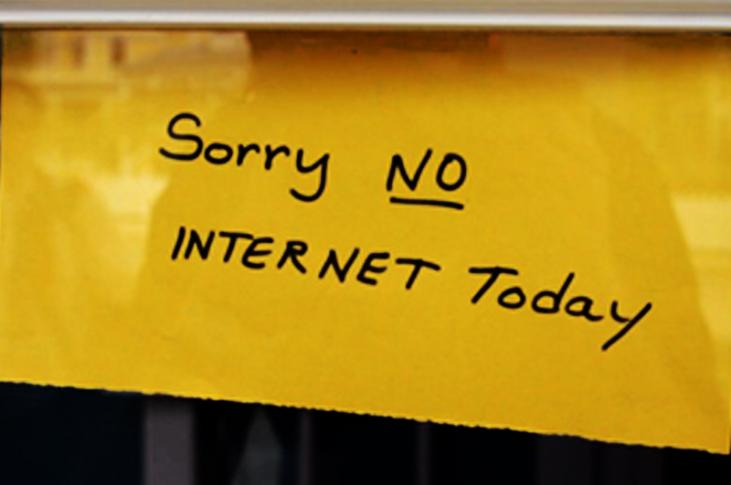
In a new position paper from APC, we unpack the underlying causes of limited connectivity, the shortcomings of current initiatives, and propose a set of policy responses to address the access gap.
Affordable and reliable internet access has become a vital means to exercise fundamental human rights and support development. In the words of former UN Special Rapporteur Frank La Rue, “the internet is one of the most powerful instruments of the 21st century for increasing transparency in the conduct of the powerful, access to information, and for facilitating active citizen participation in building democratic societies”. Yet, as the internet becomes more ubiquitous, those who are disconnected – the less wealthy and more marginalised groups – are excluded from the digital age, and their voices unheard.
Digital exclusion does not only mean missing out on the benefits of the internet; it increasingly means lack of access basic services and the inability to participate fully in society, and to exercise human rights.
It is against this backdrop that a series of high-level discussions will be held in Washington, DC among major multilateral development banks and financial institutions, including sessions on initiatives to increase global connectivity.
With so much at stake, it’s important that policy makers get it right on access. Here are the top ten considerations for policies aiming to improve access:
-
Disaggregate the divide: Make access inequalities more visible by disaggregating them by disadvantaged groups – particularly women, the poor, rural populations and the less abled.
-
Not just mobile: Expansion of mobile broadband by itself will not meet the connectivity needs of the rest.
-
It’s about cost: High internet access costs, due to lack of competitive open markets, continue to be among the biggest factors stopping the rest from getting connected.
-
Raise the bar: Implementing policies to connecting the unconnected will also vastly improve the connectivity of those who are already connected but are constrained in their use of the internet by slow speeds, high costs or other barriers.
-
Focus on infrastructure: The main reason the internet is still poorly dispersed and unaffordable for many is the poor distribution of basic telecommunications infrastructure and limited access to radio spectrum.
-
Filtered access is not real access: Content controls and restrictive policies can also be a major burden on open access to the internet.
-
Enhance public space: Public access facilities are also an important means of addressing the connectivity needs of the rest, but there is limited investment in libraries, telecentres, and multi-purpose community centres.
-
Policy is interdependent: Indirect factors also limit access to the internet, including limited energy supply, lack of basic ICT literacy, few applications and content of local relevance, and high import duties or other taxes on ICT services.
-
Make a plan: Comprehensive and up-to-date national broadband strategies must address policy barriers, promote infrastructure sharing, focus on human development and promote bottom up approaches to solving connectivity problems
-
Set goals: Clear targets and monitoring ensure that the effectiveness of policies can be measured.